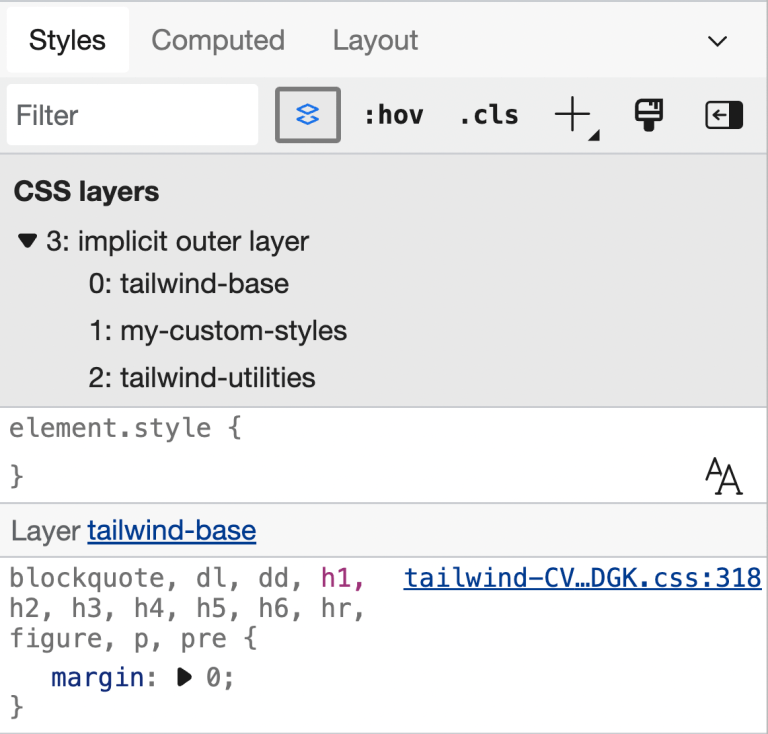
Banks, NBFCs, and other such financial firms offer various services to fulfil the monetary needs of their customers. These establishments provide services such as processing, sanctioning, and disbursing business loans, home loans, corporate loans, and personal loans.
These financial services firms give out loans to their customers at different interest rates. So, you have a wide range of rates to choose from when applying for a loan. However, most lenders let borrowers choose from only two interest rates, including reducing and flat rates.
They do this to prevent unexpected financial losses as interest rates have a role in the EMIs (Equated Monthly Instalments) that you would be paying as part of the loan repayment process.
However, what is flat and reducing interest rates in the first place?
Also Read: How Do Business Loan Rates Work? Our Complete Guide
What is a Flat Rate of Interest?
Table of Contents
Flat interest rates are fixed rates calculated on the entire borrowed amount and tenure, where the principal amount is not accountable for the EMIs payable every month.
Initial flat rate quotes are nominal and usually lower than the effective interest rate, and lenders determine these fixed interest rates using the formula:
Interest Payable = Interest Rate Per Annum * Tenure * Original Loan Amount / Number of Instalments
So, you borrow Rs. 1 lakh for five years, or 60 months, at a 10% flat interest rate. Then, according to the above formula, you will need to pay:
1,00,000 * 10% * 5 / 60 = Rs. 833.33 per month.
The EMI payable every month depends on the principal component, which, in this case, is Rs. 2,500.
According to the above calculation, you would be paying an interest of Rs. 10,000 a year, or Rs. 50,000 for the entire five-year tenure.
So, the total amount you will pay for the entire tenure is Rs. 1.5 lakhs (2500 * 12 * 5).
Also Read: Everything To Know For Businesses About Interest Waiver For A Moratorium By The Government
Advantages and Disadvantages of Flat Interest Rates
Even laypeople who may not have enough knowledge about financial transactions can borrow at flat interest rates. Moreover, by availing of loans at flat interest rates, there is no need to estimate how much you would pay every month.
Furthermore, even if you need to estimate your EMIs, many online calculators are at your disposal. More importantly, the process involved is much simpler than reducing interest rates.
However, borrowing at flat interest rates does not come without disadvantages. One of the biggest setbacks of flat interest rates lies in its meaning. People, especially laymen, may get mixed up with ‘fixed’ and ‘flat’ interest rates.
The two terms, although used interchangeably, are far apart from each other. ‘Flat rate’ refers to the overall cost of lending money and, as such, is not an interest rate.
What is a Reducing Rate of Interest?
The reducing balance interest rate depends on the outstanding loan amount. Unlike flat interest rates that depend only on the original loan amount (which remains unchanged for the whole tenure), the EMI payable depends on the interest payable on the outstanding amount and the principal.
However, since the outstanding amount decreases every month due to the EMIs paid, the reducing balance interest rate may be determined using the formula:
Interest Payable = Remaining Loan Amount * Interest Rate
So, for instance, by borrowing Rs. 1 lakh for five years at 10% per annum at a reduced interest rate, the EMI you will need to pay decreases every month by some amount. As per this example, during the first year, you would pay Rs. 9,270. Whereas, during the second year, you would pay Rs. 7,570 for an outstanding principal amount of Rs. 83,773.
Similarly, you will need to pay Rs. 1,329, as the last instalment. Like this, you would end up paying Rs. 1.27 lakhs, compared to the Rs. 1.5 lakhs that you would have paid had you borrowed at a flat interest rate.
The decrease in EMIs over the loan tenure and the lower interest you finally end up paying are some of the most significant advantages of taking out loans at reducing interest rates.
Also Read: What Is business loan settlement? how does it affect your credit score?
Differences Between Flat and Reducing Interest Rates
There are many differences between flat and reducing interest rates depending on factors like:
1. Interest Rates
The calculation of interest rates is one of the primary differentiators that set flat rates apart from reducing balance rates. The EMIs payable for loans borrowed at flat interest rates depend on the principal or total. However, the EMIs payable for loans borrowed at reducing interest rates depend on the principal amount outstanding every month.
2. The Calculation Process
Technically, fixed interest rates are easier to determine than reducing balance rates, as they depend only on the total amount borrowed.
3. Tenure
Loans borrowed at reducing interest rates have longer tenures and flexible repayment terms than those borrowed at flat interest rates.
4. EMI
The EMI payable remains unchanged for loans at flat interest rates. However, the EMI payable monthly for loans borrowed at reducing interest rates decreases over the loan tenure.
Final Thoughts
Borrowing at reducing interest rates can favour borrowers as they come with lower EMIs and shorter repayment schedules, and the outstanding principal amount decreases over the loan tenure.
As for borrowing at flat rates, they may not be as beneficial as initially assumed, as borrowers may pay a lot more than what they would have by borrowing at reducing rates. Also, flat rates are not as accurate. They tend to undervalue loan portfolios under the pretext of smaller average loan sizes with greater yield – two distinct features that draw both donors and external lenders.






